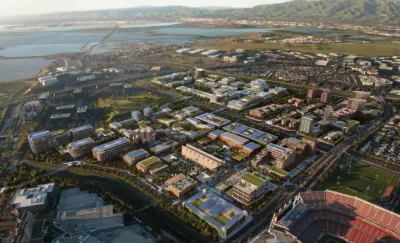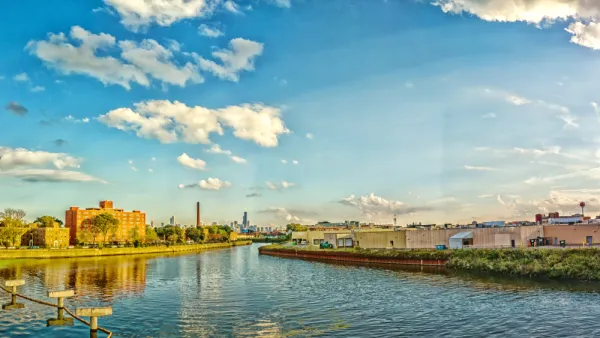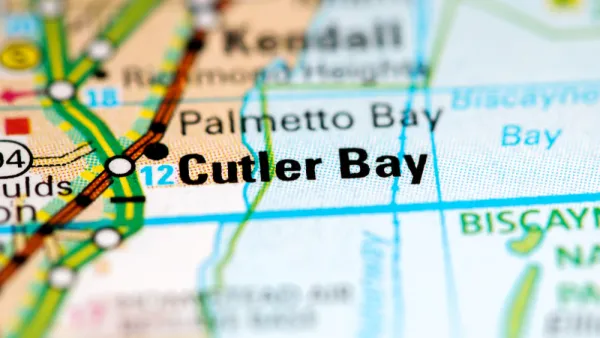Despite the economic uncertainty and reports of a massive upheaval in patterns of living and working in the United States, developers are continuing to spend billions of dollars on massive development projects all over the country.

Kim Slowey details the status of mega-project development around the United States, as the country deals with the economic fallout of an ongoing public health crisis after a decade of steady growth in the mega-project market. According to an FMI Corp study published in the fall of 2019. The annual value of mega-project startups increased from 3 percent to 33 percent over the past decade.
"As the COVID-19 outbreak hit, many massive, mixed-use projects were in various stages of development. For those that were already underway, the pandemic hasn't seemed to significantly change developers' decision-making," explains Slowey before checking on the status of the country's largest mega-projects, including an $8 billion development by Related Cos. in Santa Clara, the $6 billion Lincoln Yards project by Sterling Bay Companies in Chicago, the $5.5 billion Port Covington development by Weller Development in Baltimore, and more. Other mega-projects listed in the article are found all over the country—from Rochester, Minnesota to Atlanta to Islip, New York to Frisco, Texas.
"It remains to be seen, however, what the ultimate effect will be as remote working has gained popularity, and potential tenants and residents have eschewed urban living for the suburbs in order to gain some physical distance from each other," writes Slowey.
FULL STORY: Crane watch: 7 mixed-use projects costing mega-billions

National Parks Layoffs Will Cause Communities to Lose Billions
Thousands of essential park workers were laid off this week, just before the busy spring break season.

Retro-silient?: America’s First “Eco-burb,” The Woodlands Turns 50
A master-planned community north of Houston offers lessons on green infrastructure and resilient design, but falls short of its founder’s lofty affordability and walkability goals.

Delivering for America Plan Will Downgrade Mail Service in at Least 49.5 Percent of Zip Codes
Republican and Democrat lawmakers criticize the plan for its disproportionate negative impact on rural communities.

Test News Post 1
This is a summary

Test News Headline 46
Test for the image on the front page.

Balancing Bombs and Butterflies: How the National Guard Protects a Rare Species
The National Guard at Fort Indiantown Gap uses GIS technology and land management strategies to balance military training with conservation efforts, ensuring the survival of the rare eastern regal fritillary butterfly.
Urban Design for Planners 1: Software Tools
This six-course series explores essential urban design concepts using open source software and equips planners with the tools they need to participate fully in the urban design process.
Planning for Universal Design
Learn the tools for implementing Universal Design in planning regulations.
EMC Planning Group, Inc.
Planetizen
Planetizen
Mpact (formerly Rail~Volution)
Great Falls Development Authority, Inc.
HUDs Office of Policy Development and Research
NYU Wagner Graduate School of Public Service




























